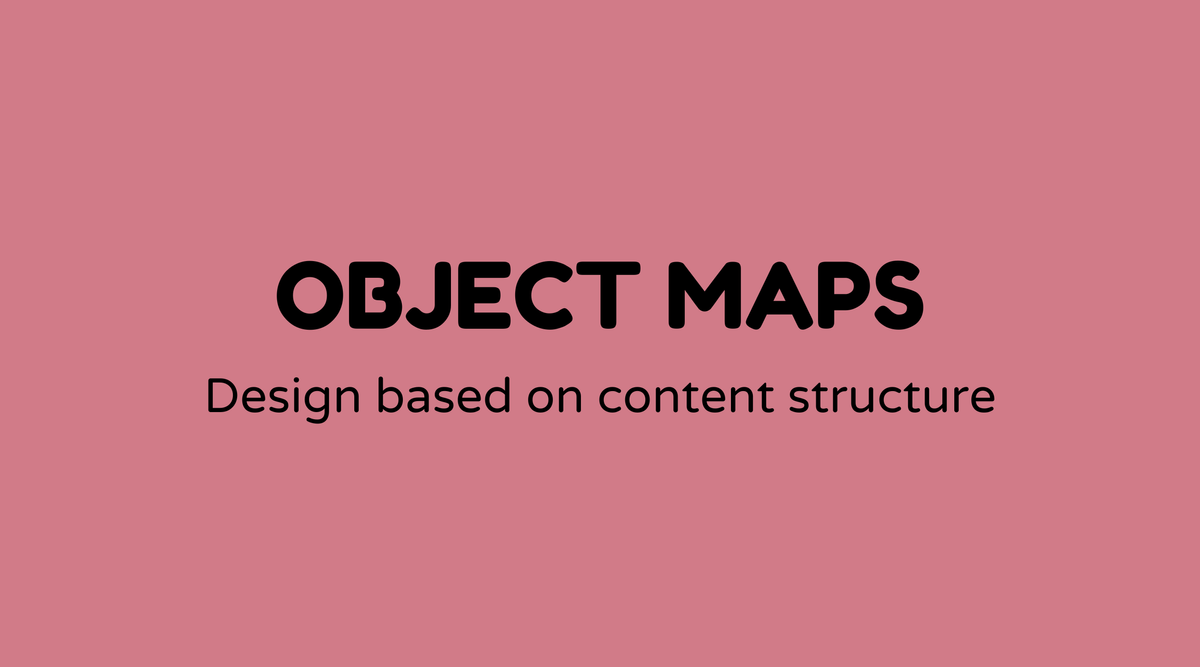Object maps

Overview of Object Maps:
Let's delve into the intriguing realm of object maps. If you've ever engaged with intricate systems, particularly in software development or UX design, you may have encountered this concept. At its essence, an object map offers a detailed visualization of objects within a system and their connections. It's akin to having a wide-angle view of a complex data network, making management and comprehension easier.
Why Object Maps Matter:
You may be curious about the significance of object maps. They are essential since they help clarify complicated structures. With an object map, developers can illustrate how different components of a system connect. This can markedly decrease the time needed to interpret code and documentation. Additionally, object maps promote collaboration among team members by providing a clear, shared model that is accessible to everyone.
What is an Object Map:
An object map is fundamentally a visual depiction of objects within a system or application. It displays how these objects are related and often includes characteristics and functions connected to each object. Typically, object maps are utilized in software development to showcase classes and relationships in object-oriented programming or in user experience design to outline user interfaces.
How to Create Object Maps:
Creating an object map isn’t overly complicated, but it requires clarity and a systematic approach. Here’s a step-by-step guide:
- Identify the Objects: Start by recognizing all the key objects within your system or project.
- Define Relationships: Determine how these objects are associated with one another. This might involve identifying hierarchical or interdependent relationships.
- Choose a Tool: Use diagramming tools like Lucidchart or Visio, which are tailored to assist in creating visuals like object maps.
- Design the Map: Begin drawing. Use various shapes to represent different types of objects and lines or arrows to signify connections.
- Review and Revise: After crafting your map, assess it and implement necessary changes for precision and clarity.
Examples of Object Maps:
A useful method to grasp the concept of object maps is through examples. In a retail application, for example, an object map might illustrate elements such as "Product," "Customer," "Order," and "Payment," each linked by connections like "purchased by" or "includes." Such a map can illuminate every interaction in a customer’s journey with your application, benefiting both developers and UX designers.
FAQs:
Why are object maps used in UX design?
Object maps are employed in UX design to organize the relationships and flow of elements within an interface, improving the user experience by ensuring consistency and clarity.
How do object maps assist in software development?
They aid developers in comprehending the structure and relations within code, facilitating writing, debugging, and scaling applications.
What tools can I use to create object maps?
Tools like Lucidchart, Microsoft Visio, and draw.io are favored for object map creation due to their user-friendly interfaces and comprehensive features.
Can object maps be applied to non-software projects?
Certainly! While they are common in software, they can also be used to map processes, tasks, and systems across various fields, including logistics and marketing.
What’s the difference between an object map and a data model?
An object map emphasizes the representation of objects and their connections, whereas a data model focuses on data structures and database architecture.
How often should object maps be updated?
Regular updates are necessary, ideally with every major change to the system or whenever new objects and connections arise.
To summarize, object maps serve as an effective tool for visualizing and managing complex systems. By organizing information, they assist developers and designers in comprehending and improving their work. For further insights, resources from your company’s knowledge base, along with external experts on platforms like Medium and YouTube, can be invaluable.



